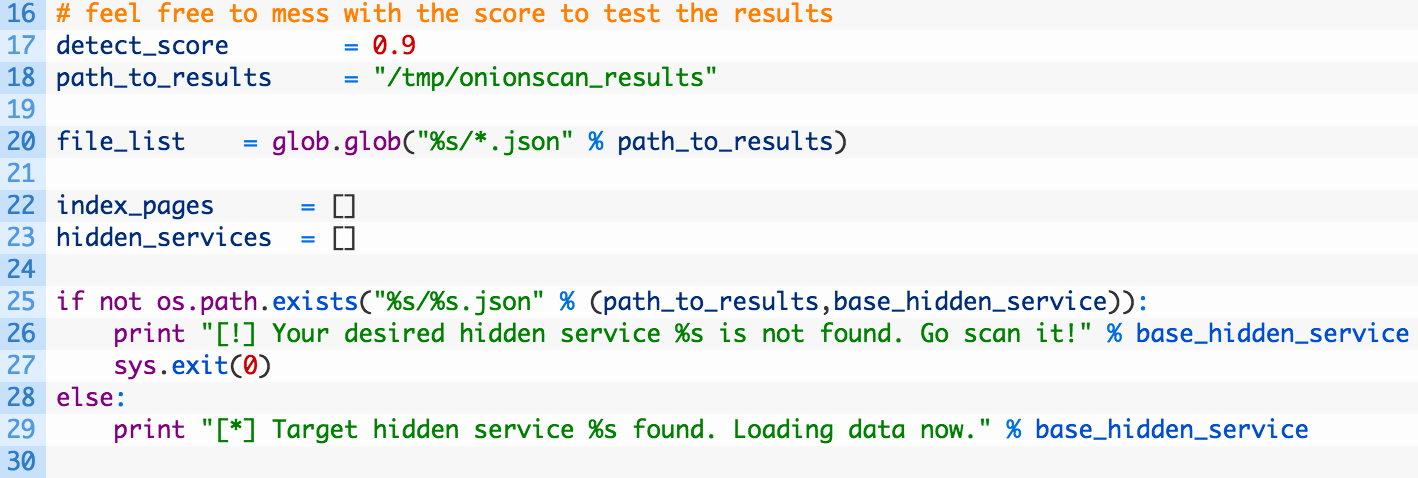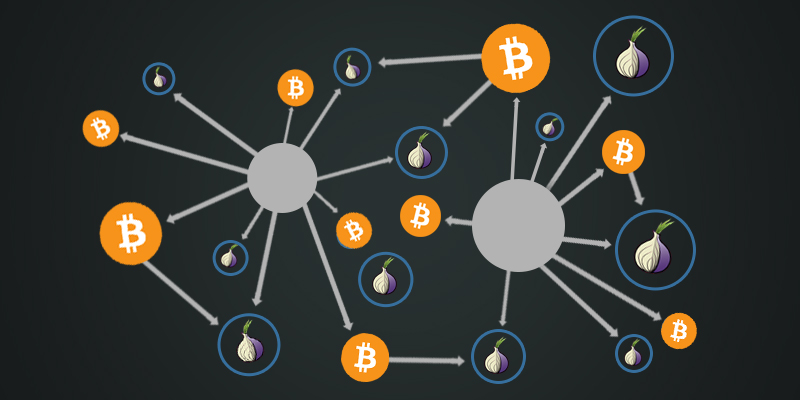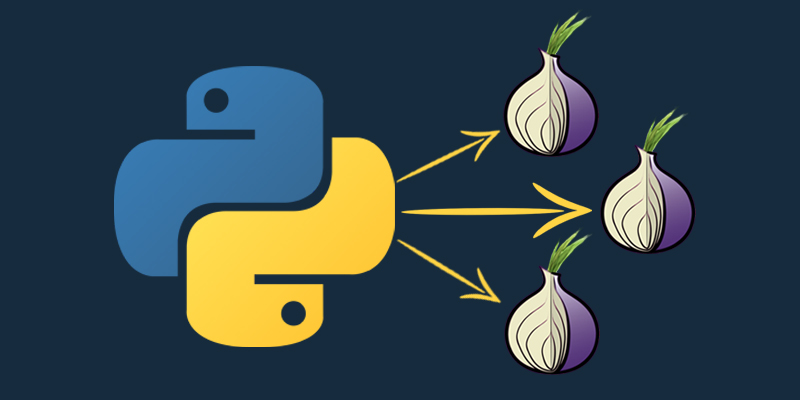Dark Web OSINT Part Four: Using Scikit-Learn to Find Hidden Service Clones
This article was originally posted on the AutomatingOSINT.com blog.
Welcome back to the fourth and final instalment in this series. If you haven’t read part one, two or three definitely feel free to go and do so. This will be much shorter than the others
The original inspiration for this post was from a @krypti3a blog post called: Counterfeiting on the Darknet: USD4U. If you aren’t already following his blog you should, there’s a lot of interesting stuff there. He details a counterfeiting hidden service at usd4you5sa237ulk.onion that seems to display counterfeit currency. The first thing you see however, is the big warning at the top of the page warning against clone sites and that what you are viewing is the real site.
This got me wondering how we could leverage our OnionScan results to try to find cloned hidden services so that we could examine the differences between them or just use them as a jumping off point for an investigation. A subsequent conversation with Scot, where he also suggested that finding perfect mirrors would be a good thing as well since that could indicate a site backing itself up or preparing to move to a new hidden service address. The counterfeiting post gives us a great opportunity to try this out. Let’s get started.
Getting Scikit-Learn Installed
Scikit-Learn is a machine learning library for Python that has all kinds of cool bits for data analysis and high powered machine learning tasks. Full disclosure: I know precisely nothing about machine learning. Now the cool thing is that there are a number of supporting classes and functions in scikit-learn that can be used for other tasks, such as what we are going to be doing.
This all being said, the installation of scikit-learn can be a bit of a pain but just follow these steps carefully.
Windows
We need to download and install scipy, numpy and then scikit-learn. Each of them has a binary download called a “wheel” file that we can grab from the links below.
How you choose the right download is like so, using the following example link:
scipy-0.18.1-cp27-cp27m-win32.whl
- “cp27” indicates that it is for Python 2.7 (this is what I use).
- “win32” indicates that it is for 32-bit Windows.
Now download the appropriate wheel files for each of the required libraries:
http://www.lfd.uci.edu/~gohlke/pythonlibs/#scipy
http://www.lfd.uci.edu/~gohlke/pythonlibs/#numpy
http://www.lfd.uci.edu/~gohlke/pythonlibs/#scikit-learn
Once you have them downloaded you can install them using pip. If you have never used pip before you should check out my Python course here. For example do the follow for numpy:
pip install numpy-1.11.1+mkl-cp27-cp27m-win32
Mac OSX / Linux
In my experience, installing the prerequisites from pip works perfectly fine but your mileage may vary:
sudo pip install scipy
sudo pip install numpy
sudo pip install scitkit-learn
Once you have the prerequisites installed we can move on to writing some code!
Coding it Up
Before we start pounding out the code, I started this whole research question out by asking Google: “similarity between two text documents”. It landed me on a great StackOverflow.com thread here that explained how to do this in scikit-learn. I do not know a lick of math or machine learning but I am always up for experimenting with snippets of code that much smarter people post and I have verified that this technique works great for finding cloned hidden services.
Let’s get started by creating a new Python script called clone_finder.py and start entering the following code:

We are just setting up our required imports and adding a commandline argument parser. Nothing too fancy quite yet! Let’s add some more code.

We are just setting up our required imports and adding a commandline argument parser. Nothing too fancy quite yet! Let’s add some more code.

- Lines 32-36: this little chunk of code should look pretty familiar by now, we are just walking through each JSON file, loading it up and parsing the JSON so that we can use it.
- Lines 38-41: if there is an HTML snapshot of the hidden service (38) we shovel the HTML into our index_pages list (40) and then add the hidden service address into our hidden_services list (41).
Now we have all of our data collected we can pass it in to scikit-learn for analysis and then start to examine the results. Let’s hand the data to scikit-learn now:

- Lines 45-46: we hand our list of HTML snapshots to the magical TfidVectorizer which handles the magic math to figure out how similar each HTML page is to one another.
- Line 49: the result of the TfidVectorizer hands back a matrix and that matrix we then as for a Numpy array using the .A attibrute. This array is effectively a list of lists, which we select out our target hidden service based on its position in the list of hidden services because it is the same position in our Numpy array.
These three lines of code are pretty opaque to me, due to my lack of mathematical and machine learning smarts. Let’s get back to stuff I do understand, and add some more code:

- Lines 54-56: we loop over the array of results and each item in the array is the score that tells us how similar the HTML is to our base hidden service HTML (54). If the score is greater than or equal to the score we set at the top of the script we are going to print it out.
- Lines 58-64: we test to see if we are comparing the base hidden service to itself (58) and if not we check for it to be a perfect match (60) which would indicate a mirror or a clone which we print out separately (64).
Ok not let’s test this out using Kryptia’s counterfeit hidden service.
Let It Rip
You can drop into a terminal or using your development environment to run your script like so:

[*] Target hidden service usd4you5sa237ulk.onion found. Loading data now.
[*] Potential Clone: usd4you5sa237ulk.onion to dollarsfn45wiq4f.onion (Score: 0.96)
[*] Potential Clone: usd4you5sa237ulk.onion to usd4c6cwr467mpto.onion (Score: 0.96)
[*] Potential Clone: usd4you5sa237ulk.onion to usd4cx7otgnx6wtp.onion (Score: 0.96)
[*] Finished.
Awesome it found some hits! Now if you load up Tor Browser and go have a look you will see that the sites are very similar to one another but there are some small subtle differences. As homework you could enhance this Python script to show you the exact differences.

